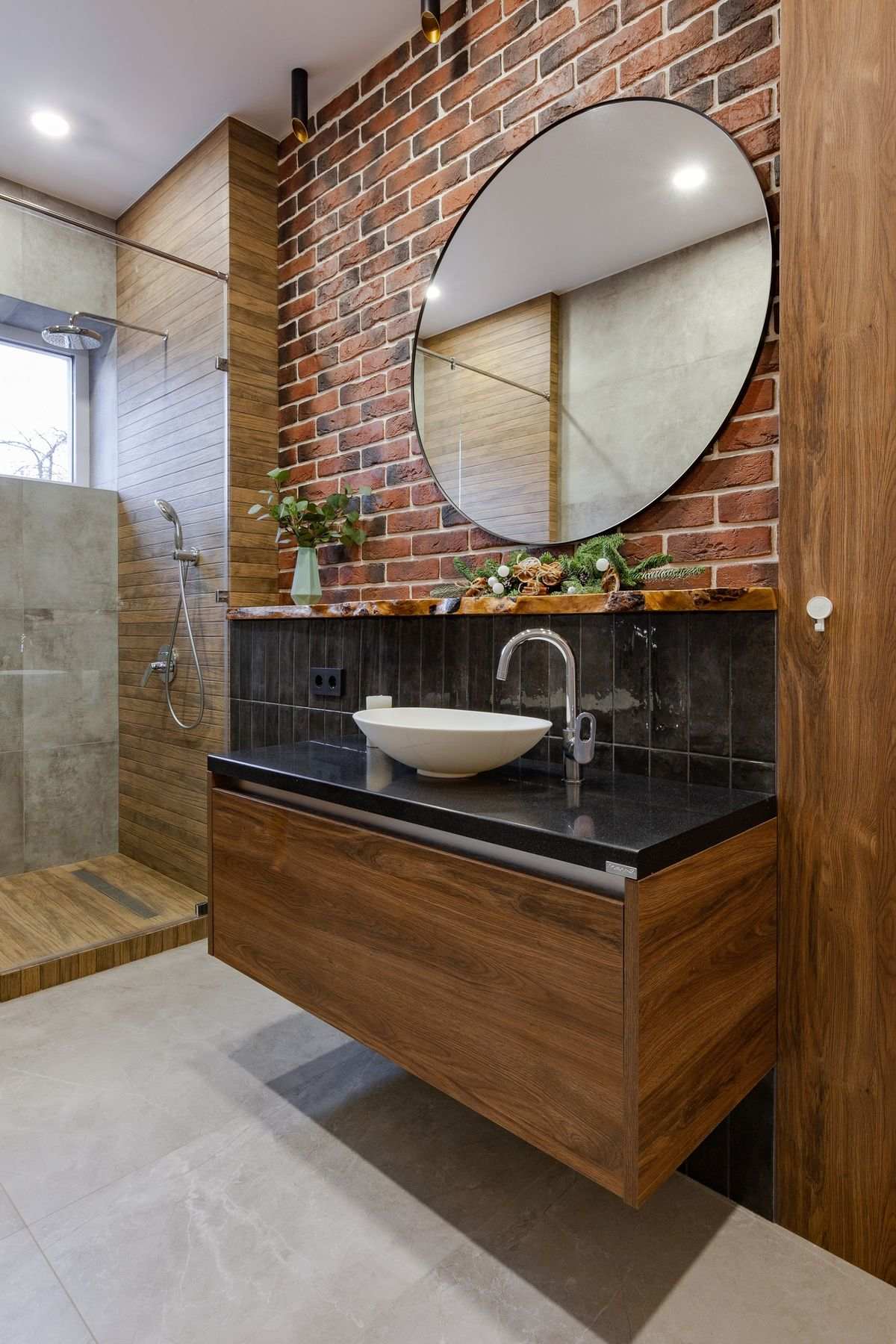
Culinary Spaces Redefined Elegantly
Embracing Modernity in Kitchen Design
The heart of the home, the kitchen, is undergoing a transformation, evolving into a space that combines functionality with elegant design. Contemporary kitchens are more than just places to cook; they serve as central hubs for family gatherings, socializing, and experiencing the joy of culinary creation. Modern design trends emphasize minimalism, sleek lines, and high-quality materials to create a space where convenience meets style.
Innovative Use of Space and Storage
In redefining the culinary space, innovative storage solutions play a crucial role in maintaining a clutter-free and graceful environment. Cleverly designed cabinets, hidden compartments, and multi-purpose islands are breaking the traditional mold. By prioritizing accessible and ergonomic storage, the aesthetic appeal of a clean and streamlined kitchen is easily maintained without sacrificing functionality.
Technological Integration
Technology is seamlessly integrated into modern culinary spaces, with smart appliances and devices enhancing the cooking experience. Interactive countertops, sensor-activated faucets, and advanced lighting systems provide not only utility but also contribute to the room's ambiance. Personalization and ease of use are at the forefront of this technological wave, making meal preparation both a luxurious and efficient task.
Material and Texture Play
The elegance of a redefined culinary space is often encapsulated in the materials and textures chosen for the finish. Natural stone countertops, hardwood flooring, and high-grade metals for fixtures are popular choices that add depth and grandeur to the kitchen. Using a variety of textures in cabinetry and backsplashes introduces visual interest and can highlight specific areas of the kitchen, giving a sense of intentional design.
Lighting as a Design Element
Light plays an integral role in setting the mood and functionality of a culinary space. The use of layered lighting—from ambient and task lighting to accent and decorative fixtures—ensures that every corner of the kitchen is adequately illuminated. Pendant lights over islands or under-cabinet LED strips are examples of how light can be both purposeful and aesthetically pleasing, contributing to the overall elegance of the space.
Sustainable Practices
Sustainability is also a key factor in the redefinition of kitchens. Eco-friendly appliances, reclaimed materials, and energy-saving technologies manifest the commitment to environmental responsibility within the space. A move toward green living within the kitchen not only benefits the planet but also ensures a healthier space for families to gather and enjoy.
The Social Kitchen
Finally, the modern culinary space extends its reach into the social realm. Open-plan layouts facilitate interaction and communication, enabling the kitchen to be a place where memories are made, alongside delicious meals. Incorporating seating areas or integrating the dining space with the kitchen promotes a convivial atmosphere where cooking and socializing blend harmoniously.
Conclusion
Elegance in culinary spaces is achieved through a blend of design, functionality, and innovation. Modern kitchens are reflections of individual lifestyles and culinary habits, gracefully adapting to the needs and desires of those who use them. Redefining these spaces is not just about visual appeal; it's about creating an environment where life's simplest pleasures are elevated to an art form.